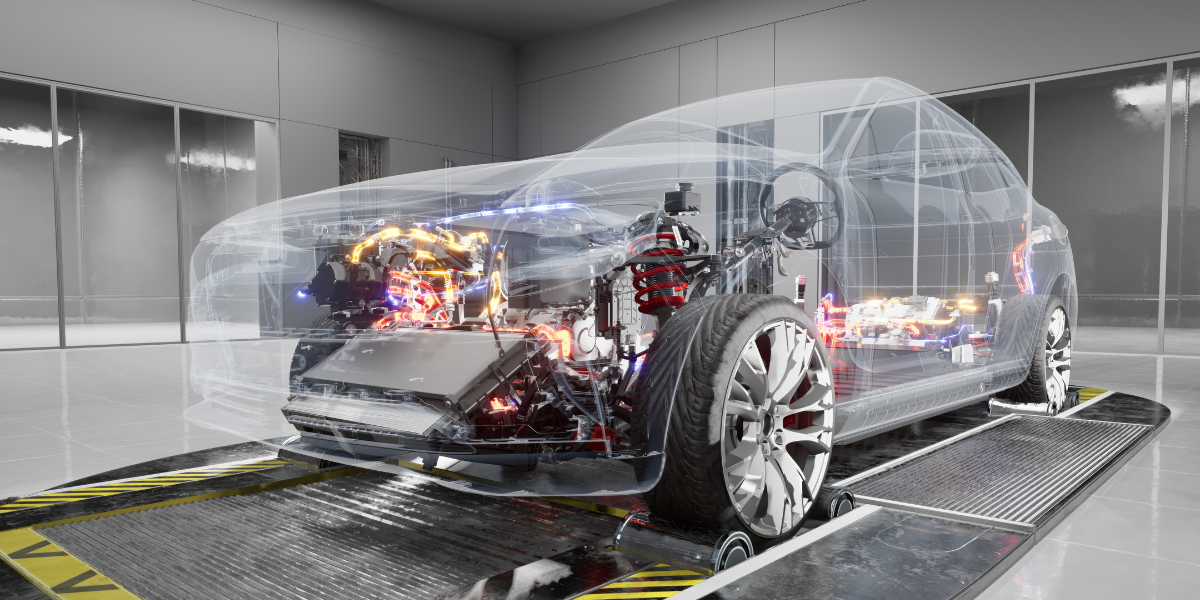Remanufacturing really not a second choice – part two
Facing the challenges
Even if remanufacturing has been demonstrating its value over the years in terms of development and technological updating, it still faces several persistent challenges, particularly around perception and education. Many consumers and even some professionals remain sceptical about the reliability or quality of remanufactured parts. Overcoming these concerns requires clear communication, consistent branding, and third-party validation. Offering certified remanufactured parts, extended warranties, and visible compliance with ISO or OEM standards helps reduce resistance. This effort must also be reflected in online content, with topics like “myths about reman parts,” “why reman is not the same as used,” or “how reman parts are tested for quality” helping reshape public perception. The global supply chain landscape also poses logistical challenges for the remanufacturing industry. The steady supply of quality cores (used parts to be remanufactured) is essential, but often unpredictable. Shortages in core returns can create bottlenecks, especially for high-demand components like diesel injectors or hybrid battery packs. Manufacturers are increasingly using digital tracking systems and AI-powered forecasting tools to better manage inventory and production cycles. Explaining this side of the business online—with articles like “what is a core in remanufacturing,” “why core returns are important,” or “core supply challenges in reman” not only boosts SEO but also provides transparency into the remanufacturing process.
Watchword, sustainability!
One of the most significant macro-trends boosting the appeal of remanufactured parts is the global shift toward sustainability. Automotive remanufacturing contributes significantly to the circular economy, reducing the need for raw material extraction and minimizing landfill waste. According to industry estimates, remanufactured components can reduce material consumption by up to 85%, energy use by 80%, and CO₂ emissions by 70% compared to manufacturing new parts. As regulations become more stringent and public awareness around environmental issues increases, remanufacturing aligns perfectly with both governmental mandates and consumer values. For automotive businesses, integrating remanufactured parts into their offering is increasingly not just an option but a necessity to stay relevant in a more climate-conscious economy. The relevance of this topic in the digital space continues to grow as governments and manufacturers embrace more transparent ESG (environmental, social, and governance) reporting. Keywords related to “eco-friendly auto repair,” “sustainable automotive parts,” and “green vehicle maintenance” are becoming more common and will likely be important components of future SEO campaigns in the automotive sector. For parts suppliers, workshops, and online retailers, this presents a clear opportunity to position remanufactured products not only as a cost-effective option but also as a sustainable choice. This message resonates particularly well with younger buyers and fleet managers looking to meet environmental targets.
A worldwide growing
Globally, remanufacturing is experiencing growth in both developed and emerging markets. North America and Europe lead in terms of regulation and technological sophistication, but Asia-Pacific is witnessing rapid expansion, particularly in China and India where vehicle ownership is rising and cost-sensitive repair options are in high demand. This internationalization offers further opportunities for SEO, especially in creating region-specific content. For example, “remanufactured parts in India: local suppliers and trends,” or “China’s role in the global reman supply chain,” are niche topics with strategic relevance.
Long-tail keywords such as “remanufactured alternator for ***,” “reman diesel fuel injectors near me,” or “best place to buy reman transmission with warranty” reveal strong purchase intent. These are not casual queries—they represent real needs, often urgent, and users typing them are likely close to a buying decision. Optimizing content around such high-intent searches allows suppliers and ecommerce platforms to attract quality traffic, improve rankings, and drive conversions. Furthermore, informational searches like “remanufactured vs new car parts,” “are remanufactured auto parts reliable,” or “benefits of using reman parts in cars” provide excellent opportunities for educational content that builds trust and domain authority.
Ultimately, remanufactured parts in the automotive sector represent a convergence of economic efficiency, environmental responsibility, and technological innovation. As vehicles become more complex and sustainability becomes more central to consumer and regulatory behaviour, the importance of remanufactured components will only grow. From an SEO standpoint, this space offers wide-ranging opportunities: from targeting high-intent buyers through long-tail keywords to building authority through educational content and optimizing ecommerce strategies for maximum visibility. Companies that invest in content, transparency, and digital engagement around remanufactured parts will not only gain market share but also lead the industry in redefining value, performance, and sustainability in automotive repair.


.png?h=600&iar=0&w=1200)
